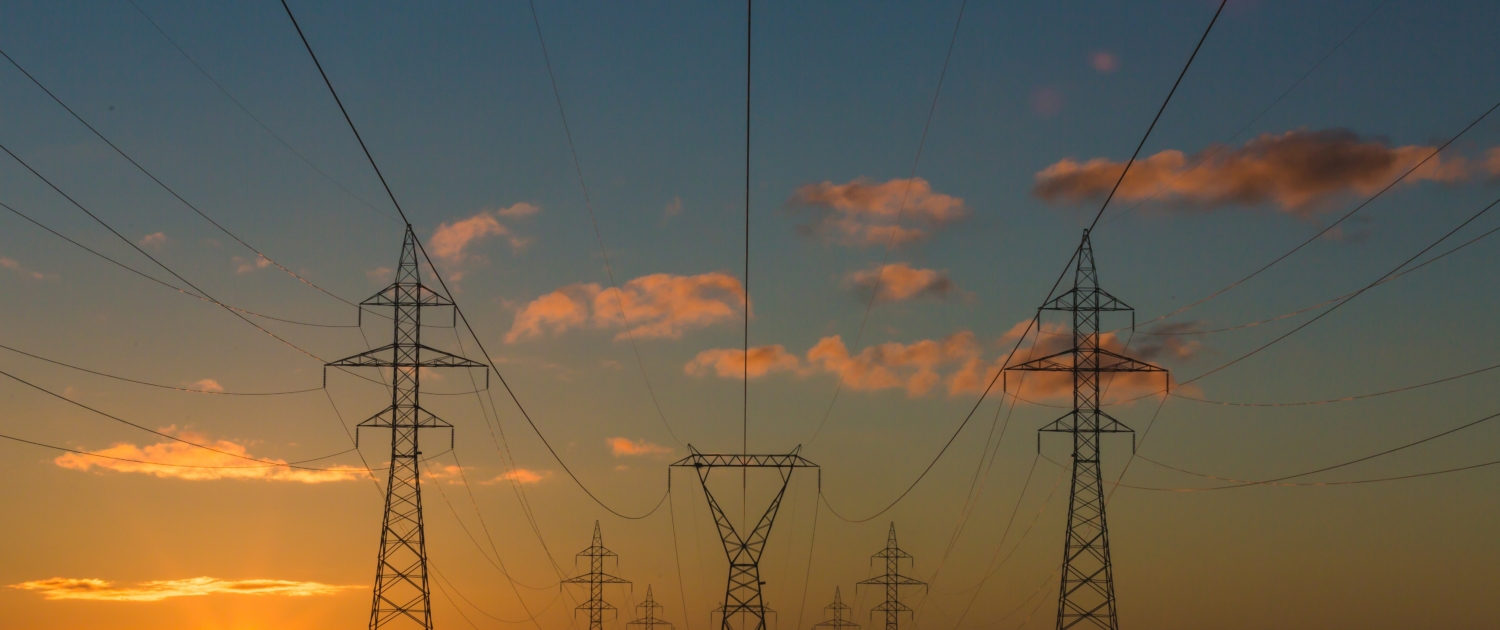Effects of Climate Change on Energy Cost and Usage
Many Indigenous communities rely on oil, large-scale hydroelectric power, and nuclear power to meet their energy needs. Many communities located in the south are connected to a large grid system. This grid system is usually fed from a large-scale energy production plant, such as large-scale hydroelectric dams (in Manitoba and Ontario), coal or natural gas (in Alberta and Saskatchewan) or nuclear (in Ontario, Quebec). Climate change will affect the cost of energy in Indigenous communities and the supply of energy to these communities.
In some hydroelectric-dependent Indigenous ‘on-grid’ communities, the production of energy may decrease if water flow levels decrease. If precipitation levels are lower where hydropower production originates, the capabilities of production will decrease. This is particularly a concern in potentially drought-prone areas such as the Prairies and in the Great Lakes-St. Lawrence region, where higher evaporation rates due to warmer temperatures would likely lower present water levels (Mayer; IPC, 2001). It is also a concern in British Columbia as a result of melting glaciers and decreased snow cover in the Rockies (C-CIARN, 2006). As the amount of energy produced decreases, the need to import energy from other grids increases. This increases costs to receive energy and would likely add to the financial stress Indigenous communities are currently experiencing. Other Indigenous communities do not rely on large-scale energy production from hydro, oil, coal, or nuclear sectors.
These ‘off-grid’ communities are usually located in northern isolated regions. The energy produced in these communities is through the burning of diesel fuel, which is often transported into the community from southern locations along winter roads or seasonal barges. The increased costs associated with importing fuel via air travel, resulting from the impacts of climate change on availability of seasonal transportation and winter roads, may again increase the cost of energy for Indigenous communities. Changes to federal funding programs will be required in order to address the increasing pressures on Indigenous communities’ financial resources. Alternatively, investments in renewable energy in these communities would have multiple advantages of reducing greenhouse gas emissions while decreasing expensive transportation costs and increasing self-sustainability and economic capacity.


